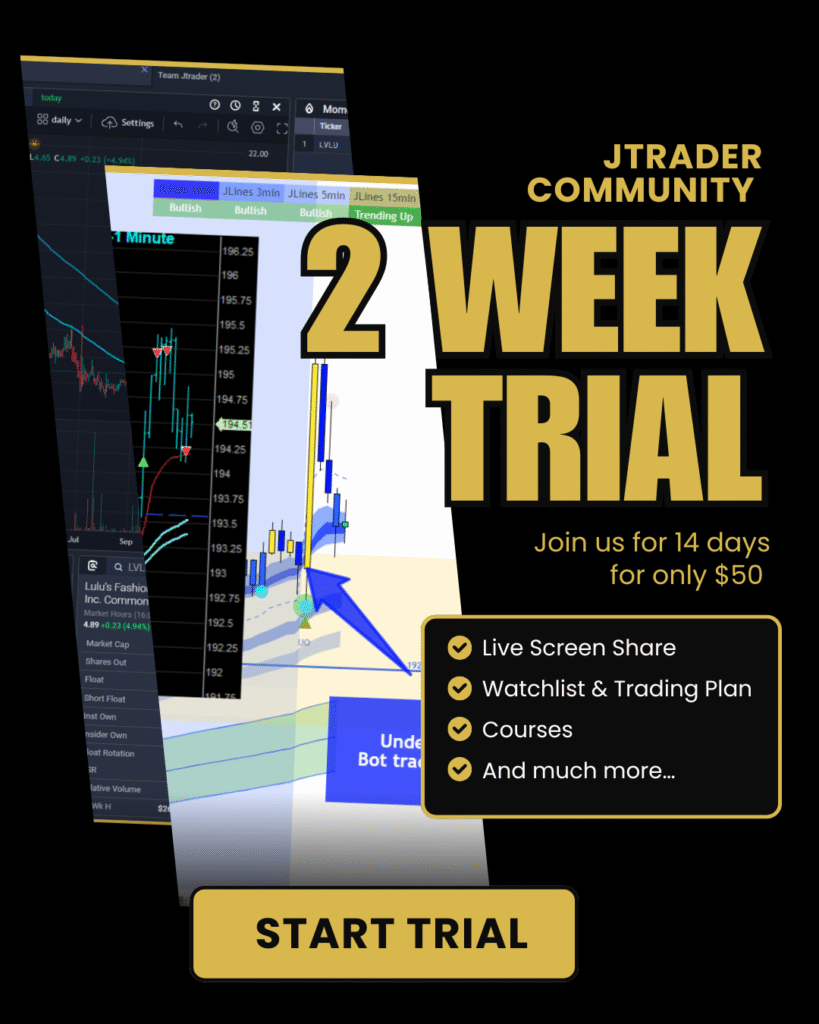In the dynamic world of trading, having a well-tested strategy is key to success. Backtesting is a powerful tool that allows traders to evaluate the effectiveness of their strategies using historical data. This comprehensive guide will delve into the nuances of back testing, helping you refine your approach to trading with greater confidence.
Understanding Your Strategy
- Identify Key Components: Detail the assets you intend to trade, the specific conditions for entry and exit, risk management rules, and any technical indicators or fundamental analysis methods you plan to use.
- Set Objectives: Define what you aim to achieve with your strategy. Are you seeking consistent small gains, or are you willing to take bigger risks for potentially larger payoffs?
Selecting the Right Backtesting Software
- Software Options: Explore various back testing platforms, from simple tools like Excel to more sophisticated software like MetaTrader 4/5, Quant Connect, or Python-based frameworks for more customized back testing.
- Features to Consider: Look for software that allows for customization, includes a wide range of historical data, and provides detailed reporting features.
Gathering and Understanding Historical Data
- Data Quality: Ensure your data is accurate and comprehensive, including price, volume, and any other relevant market data.
- Time Frame Selection: Choose a time frame that is relevant to your trading style. For example, day traders may require minute-by-minute data, while long-term traders might look at daily or weekly data.
Implementing the Strategy in Backtesting Software
- Coding the Strategy: If required, code your strategy into the software. This could involve setting up algorithms for entry and exit signals based on your predefined criteria.
- Simulating Market Conditions: Run the back test, simulating trades based on your strategy over the historical data.
Detailed Analysis of Backtesting Results
- Performance Metrics: Evaluate key performance indicators like net profit, drawdown, win/loss ratio, Sharpe ratio, and sortino ratio.
- Comparative Analysis: Compare your strategy’s performance against benchmark indices or alternative strategies to gauge its effectiveness.
Strategy Optimization
- Tweaking Parameters: Adjust various aspects of your strategy based on back testing insights. This may include modifying technical indicator thresholds, stop-loss levels, or take-profit points.
- Re-testing: Re-run the back test after each adjustment to see how your modifications impact the strategy’s performance.
Forward Testing
- Real-time Testing: Apply your strategy to a paper trading account or use a demo account to test it in real-time without financial risk.
- Adaptation to Market Changes: Observe how the strategy performs under current market conditions, making adjustments as needed.
Documentation and Regular Review
- Keep Detailed Records: Document each step of your back testing and forward testing process, including the rationale behind each decision.
- Periodic Review: Regularly review and update your strategy to ensure it stays relevant to current market conditions.
Backtesting is an essential step in the development of a robust trading strategy. By thoroughly testing and refining your approach using historical data, you can increase your chances of success in the real market. Remember, no strategy guarantees success, and it’s vital to understand the risks involved in trading.
Disclaimer: these articles are for educational purposes only. Market analysis, prices, news, trade ideas, or any other information within this site or the chatroom is not investment advice.[/vc_column_text]


